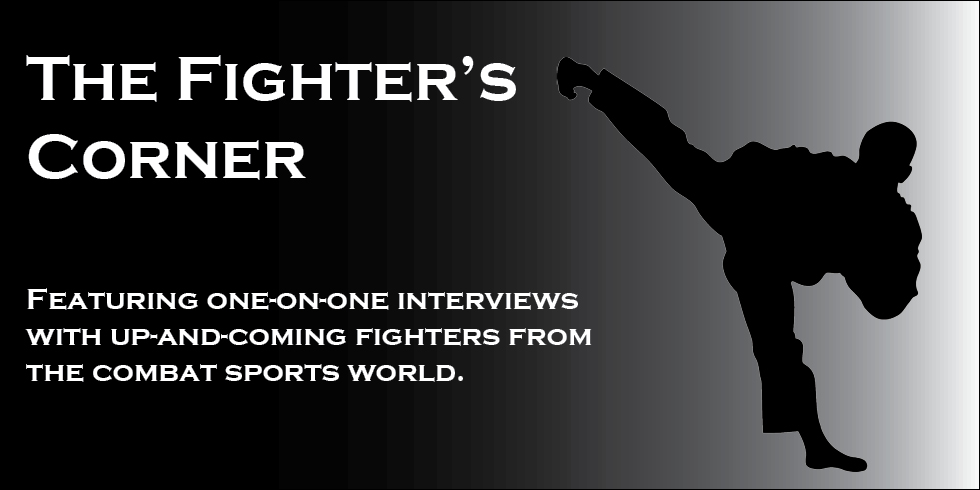Not everyone that trains kickboxing dreams
of becoming a Champion. For most, getting
into shape and learning technique is exactly what they’re looking for. That
isn’t the case for Cody Ridout. Cody had dreams of Gold.
 |
| North American Kickboxing poster. |
A former high-level football player, Cody had quite the athletic base before starting his training. Football had given him strength, agility and confidence; tools that would be very useful for a new kickboxer. Cody believes it was this base that allowed him to step into the ring for the first time after only four months of training. He described the experience for TFC:
“Standing in the ring was the
most out of place I've ever felt. Looking across at a guy who had done this
before, I just tried to look like I wasn't scared. I Pictured the guys on TV.
"What do I do? Should I look tough? Look like I'm relaxed and don't care?
Do I bounce around on my toes and get fired up right now?"
Cody had has hand raised in victory after a gruelling
3 rounds. Feeling more tired and sorer than after any football game, Cody knew
he’d found his sport.
 |
| Cody celebrating a knockout win. |
Cody was quick to point out that in fighting, you
usually learn more from a loss than a win. Losing is not an enjoyable
experience, both physically and mentally. However, Cody used a big knockout
loss to help his body find another gear and reach a new level of success.
“Before my biggest fight I felt like I had to win. I
lost badly 5 weeks before at a national tournament so I felt like I couldn't
lose twice, I had to win this one, this was for the North American Title
against a guy I've seen fight before. He was big and strong but I knew he
lifted a lot of weights so I thought I could have a speed and skill advantage.
That was my biggest test of not worrying about what my opponent looks like. I
had to think about me and what I had to do, I learned a lot that day. After
winning it was a huge feeling of relief. Seeing my opponent quit and walk back
to his corner in the second round as the referee waved his arms in the air to
call the end of the fight didn't seem real. Having my hand raised in Toronto as
the North American champion is my biggest accomplishment in any sport I've
played.”
 |
| Cody Ridout wins the North American Kickboxing Championship |








